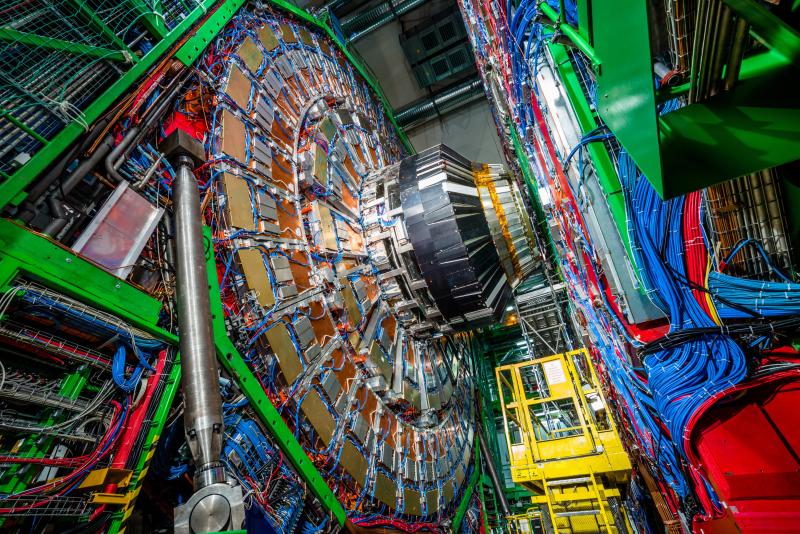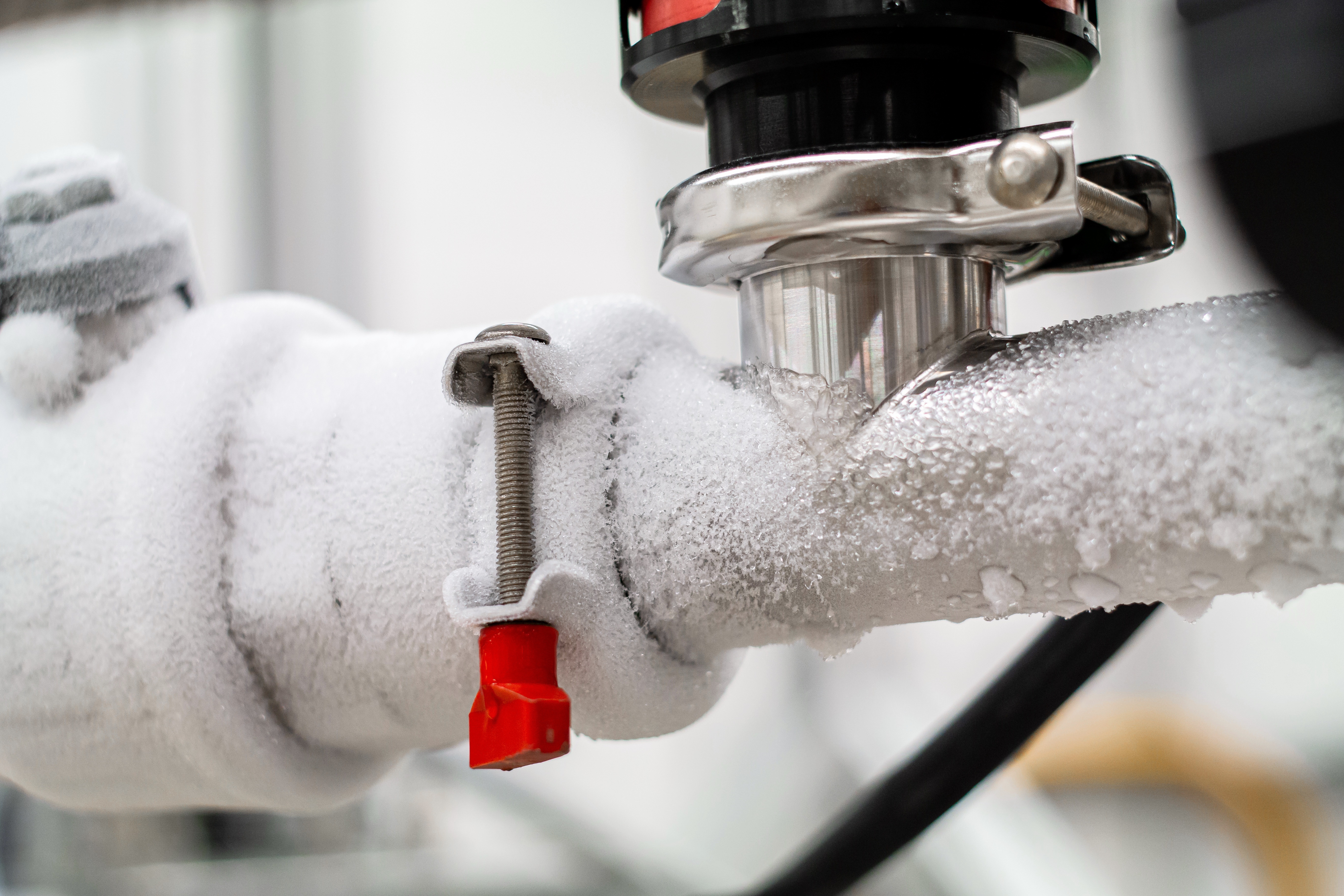
Why liquid helium ?
Cryogenics refers to the technology and science that deals with extremely low temperatures close to absolute zero (-273.15°C) in order to cool and manipulate materials and systems for special applications in areas such as superconductivity, space travel and medicine.
Liquid helium in particular, with a boiling point of -269°C, plays a central role here and is therefore indispensable for numerous scientific and industrial applications.
Superconductors show their remarkable properties, such as conductivity completely without resistance, only at extremely low temperatures. These materials enable lossless energy transfer and the generation of strong magnetic fields, making them indispensable for applications in energy technology, medical technology and high technology.
They are crucial for medical imaging (MRI), lossless power transmission, high-performance electronics, and have potential for future high-performance computing and innovative technologies. Their properties are revolutionizing various industries through improved efficiency, precision and the ability to explore new physical phenomena.


Our systems
Special cryogenic systems are required to liquefy helium, which is gaseous at room temperature.
We at Vorbuchner - cryogenics and gas applications from Kirchweidach in Bavaria, are one of the few manufacturers in the world to fully develop, design and manufacture such systems.
- Refrigeration process according to the Claude method
- Turbo expansion turbines
- Fully automatic operation
- Vacuum-insulated tank
- Vacuum-insulated lines for liquid gas
- Freeze-out purifier
- Joule-Thomson valve
- Screw compressor
- Coalescer filter
- Oil adsorber


Cutting-edge technology from Kirchweidach
Application areas for our systems
Rocket technology
High-temperature superconductors
Experimental physics
Particle accelerators
Biotechnology
Quantum computers
Experimental Plasma Physics

Cryogenics
Cryotechnical applications
Contact
We have convinced you and you want further informations?





